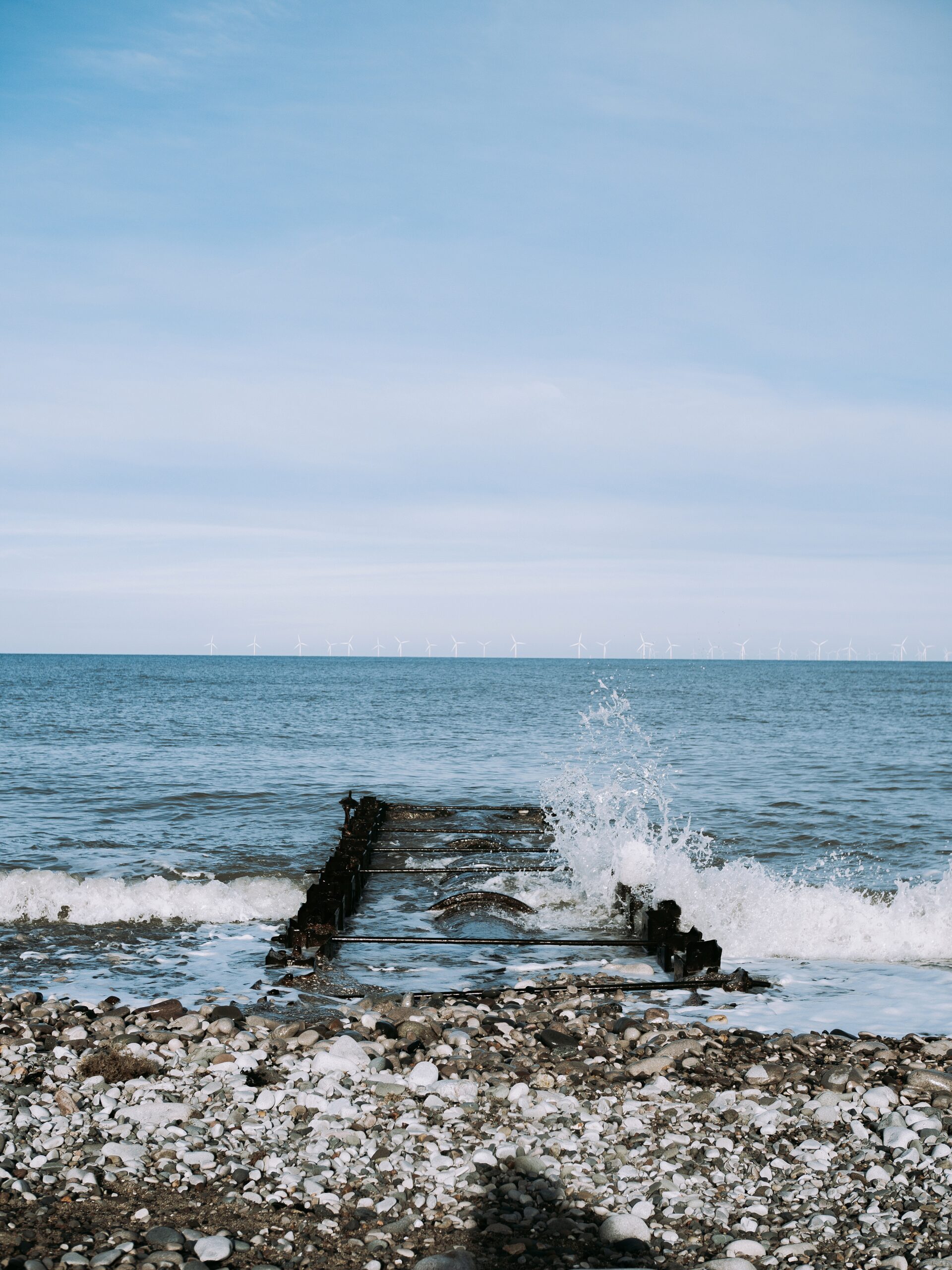Bass painting is an art form that captures the unique beauty and mystery of underwater environments. From the deep blues of the open ocean to the vibrant colors of coral reefs, bass paintings offer a glimpse into a world that is often hidden from view.
Whether it’s the graceful movements of schools of fish or the intricate patterns of underwater plants, bass paintings bring the awe-inspiring landscapes of our oceans and waterways to life.
By using various painting techniques and styles, artists are able to create pieces that are both realistic and imaginative, making bass painting a fascinating and captivating form of art. In this article, we will dive into the world of bass painting and explore its history, techniques, and the beauty it captures.
The history of bass painting
Bass painting has a long and varied history that spans centuries. The first known depictions of underwater environments date back to ancient civilizations such as the Egyptians, Greeks, and Romans, who included fish and other marine life in their artwork. However, it was not until the 16th century that artists began to focus specifically on bass painting as a distinct genre.
One of the earliest and most influential bass painters was Dutch artist Adriaen Coorte, who worked in the late 17th century. Coorte was known for his intricate and detailed depictions of fish, crustaceans, and other sea creatures, which he painted with remarkable accuracy and attention to detail.
In the 18th and 19th centuries, bass painting became more popular and began to include not only scientific illustrations, but also more artistic and imaginative representations of underwater environments. During this time, artists like John James Audubon and Ernst Haeckel used their paintings of marine life to help educate the public about the importance of ocean conservation.
By the 20th century, bass painting had expanded to include a wider variety of styles and techniques. Some artists, such as Wyland, focused on large-scale murals that highlighted the beauty of marine environments, while others, like David Miller, used a more abstract style to convey the movement and energy of underwater life.
Today, bass painting continues to be a vibrant and dynamic art form that captures the awe-inspiring beauty of the world’s oceans and waterways. As artists continue to experiment with new techniques and styles, it is likely that bass painting will continue to evolve and grow in popularity.
Techniques used in bass painting
Techniques used in bass painting are essential for creating realistic and captivating works of art. Here are some key aspects of bass painting techniques to consider:
I. Materials and tools needed for bass painting:
A. Paints: Acrylics are a popular choice for bass painting due to their ability to dry quickly and produce vibrant colors.
B. Brushes: Different brush sizes and shapes are necessary for creating details, textures, and patterns.
C. Canvas or Paper: A sturdy surface for painting that can withstand the application of paint and water.
D. Other materials: Depending on the painting style, additional tools such as sponges, palette knives, and spray bottles may be used.
II. Different painting styles used in bass painting:
A. Realistic: A style that focuses on capturing the true-to-life features of underwater environments. This style often involves detailed depictions of fish, coral, and other underwater flora and fauna.
B. Impressionistic: A style that captures the essence of underwater environments through the use of color, light, and movement.
C. Abstract: A style that emphasizes the energy and movement of underwater life through bold colors and shapes.
III. Tips and tricks for creating realistic and captivating bass paintings:
A. Study reference materials: Artists should familiarize themselves with the different types of fish and underwater environments they plan to paint.
B. Experiment with color: The color of water changes based on the depth and time of day, so artists should use a variety of shades and tones to create a realistic portrayal of underwater scenes.
C. Use layering and glazing: Layering and glazing help to build up texture and depth in the painting, resulting in a more realistic and engaging work of art.
D. Pay attention to lighting: Capturing the effects of light on underwater environments can add a sense of depth and atmosphere to the painting.
By utilizing these techniques and tips, artists can create stunning and evocative bass paintings that capture the beauty and mystery of underwater worlds.
The beauty of underwater environments in bass painting
Bass painting offers a unique opportunity to capture the beauty of underwater environments. Here are some key aspects to consider when depicting the beauty of underwater worlds:
I. Color palettes and textures used in bass painting:
A. Cool color tones: The majority of underwater environments have a cool color palette, with shades of blue, green, and purple dominating.
B. Textures: The textures of underwater environments can vary greatly, from the smooth scales of fish to the rough surfaces of coral reefs.
C. Reflections and Refractions: Light reflecting and refracting through water can create unique and intricate patterns on the surfaces of objects.
II. Capturing movement and light in underwater environments:
A. Light and shadows: Light behaves differently underwater, creating unique patterns and reflections on objects and the ocean floor.
B. Movement: Depicting the movement of water and the creatures that inhabit it can add a sense of life and energy to the painting.
C. Creating Depth: Capturing the sense of depth and distance underwater is essential for creating a realistic and engaging painting.
III. Depicting the unique flora and fauna of the world’s oceans and waterways:
A. Fish: Bass painting often focuses on the intricate and fascinating patterns and colors of various fish species.
B. Coral Reefs: Coral reefs are a unique ecosystem that offer a wide range of textures, colors, and patterns to capture.
C. Other Underwater Creatures: There are a wide variety of creatures that inhabit the ocean, from whales and dolphins to sea turtles and sharks.
By focusing on these elements of underwater environments, artists can create stunning and evocative bass paintings that transport viewers to the magical world beneath the waves.
Examples of stunning bass paintings
Bass painting has a rich history, with many famous artists creating stunning works of art depicting the beauty of underwater worlds. Here are some examples of classic and modern bass paintings by famous artists, contemporary artists pushing the boundaries of bass painting, and unique and imaginative bass paintings that showcase the diversity of the art form:
I. Classic and modern bass paintings by famous artists:
A. Winslow Homer’s “The Gulf Stream” – a classic example of a painting that captures the power and beauty of the ocean.
B. David Hockney’s “Blue Pool” – a modern and vibrant painting that captures the shimmering, reflective quality of water.
C. Claude Monet’s “Water Lilies” – a series of paintings that depict the peaceful and serene beauty of a pond and its flora.
II. Contemporary artists pushing the boundaries of bass painting:
A. Zaria Forman – creates hyper-realistic pastel drawings of icebergs and ocean waves that convey the fragility and awe-inspiring power of nature.
B. Kelsey Irvin – creates vibrant and imaginative acrylic paintings of sea creatures that capture the whimsical and fantastical qualities of the underwater world.
C. John Dyer – creates colorful and playful paintings that celebrate the beauty and diversity of marine life.
III. Showcase of unique and imaginative bass paintings:
A. Robert Wyland’s “Whaling Walls” – a series of murals that celebrate the beauty and importance of ocean conservation and preservation.
B. Michael Dumas’ “Atlantic Salmon” – a detailed and realistic painting of a salmon in its natural habitat.
C. Ben Young’s “Ocean Glass” – stunning sculptures of layered glass that capture the dynamic and fluid nature of the ocean.
These examples highlight the range and diversity of bass painting as an art form, from the classic and serene to the vibrant and imaginative.
FAQ Section
Bass Painting can be created using a variety of materials, including acrylics, oils, watercolors, and pastels. The choice of material often depends on the artist’s preferred technique and the desired effect.
Techniques used in Bass Painting include layering, blending, and glazing, which can be used to create depth and texture. Other techniques include dry brushing, stippling, and scumbling, which can be used to create different effects and textures.
Some tips for creating realistic and captivating Bass Paintings include paying attention to the details of the underwater environment, using a range of color and texture, capturing movement and light, and incorporating unique and interesting subject matter.
Yes, many artists use Bass Painting as a way to promote conservation and environmental awareness. Through their artwork, they seek to draw attention to the beauty and fragility of marine environments and to encourage people to take action to protect them.
No, while experience can be helpful, anyone can learn how to create Bass Paintings with practice and dedication. There are many resources available, including classes, workshops, and online tutorials, that can help aspiring artists develop their skills and techniques.
The future of bass painting
Bass Painting has a bright future as an art form that captures the beauty and mystery of underwater worlds. As more people become aware of the importance of marine conservation and environmental protection, there is a growing interest in art that celebrates the diversity and complexity of the ocean.
Advances in technology have also opened up new possibilities for Bass Painting, with digital art and computer-generated graphics allowing artists to create increasingly detailed and realistic depictions of underwater environments.
In addition, as younger generations become more interested in art and environmental activism, there is an opportunity for Bass Painting to become a powerful tool for promoting conservation and awareness. Artists can use their work to inspire people to take action to protect marine environments and to highlight the importance of preserving the natural world.
Overall, the future of Bass Painting is bright, with opportunities for innovation and creativity, as well as a growing appreciation for the beauty and complexity of the underwater world.





